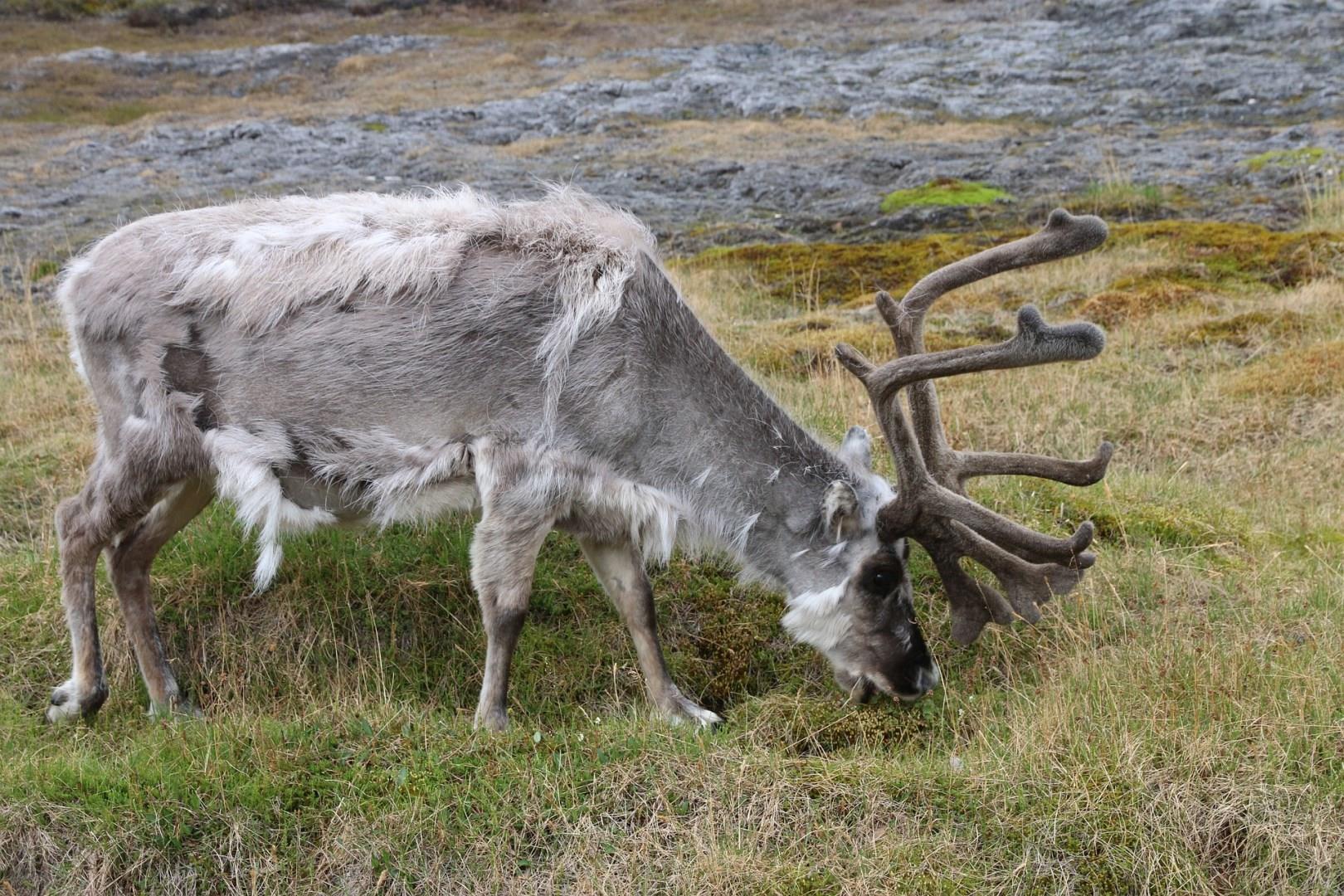

Vientiane
Vientiane, the serene capital of Laos, offers a charming blend of historical significance and cultural richness. Nestled along the Mekong River, this laid-back city is renowned for its picturesque temples and colonial architecture. The That Luang stupa, Vientiane’s most revered landmark, is an impressive golden monument that stands as a symbol of Lao sovereignty and Buddhism.

Muscat
Travelers on the Arabian Sea often find themselves in Muscat, on the Gulf of Oman. This port capital is situated between ocean and mountains, and boasts lovely beaches, great diving sites (watch for turtles!), 16th-century forts, and the impressive Sultan Qaboos Grand Mosque, which can hold 20,000 people.

Sydney
World-class restaurants, famous beaches, and iconic landmarks like Sydney Opera House and the Harbour Bridge are just the starting point. Day trips provide even more Australian wonder, from the pristine sands of Palm Beach to the forest walks of the Blue Mountains. And don't miss the Hunter Valley wine region, with over 120 wineries.

Mazatlan
Located on the coast of Sinaloa, Mexico, Mazatlán is a trendy resort town with spectacular beaches and thrilling nightlife. Centro Histórico (Old Town) and Plazuela Machado are replete with colorful, newly-restored neoclassical buildings.

Uluru
Located in Australia's Northern Territory, Uluru is an iconic sandstone formation and UNESCO World Heritage site. This red rock monolith, believed to be over 500 million years old, has been considered sacred by Australia's indigenous peoples for thousands of years and is one of the country's most well-known natural landmarks. This spiritual destination will astound you at sunrise and sunset, when the warm sunlight turns Uluru to deep hues of red and orange.

Nakuru
Nestled in Kenya's Rift Valley, Nakuru is a city that captivates with its stunning natural beauty and vibrant wildlife. The city is renowned for Lake Nakuru National Park, a UNESCO World Heritage Site known for its extraordinary flocks of flamingos that once numbered in the millions. Although flamingo populations fluctuate, the lake remains a sanctuary for other bird species and wildlife, including black and white rhinos, giraffes, and lions

Skyland World Travel
One call for all your travel needs
EMAIL US:
GIVE US A CALL: (908) 852-7081








